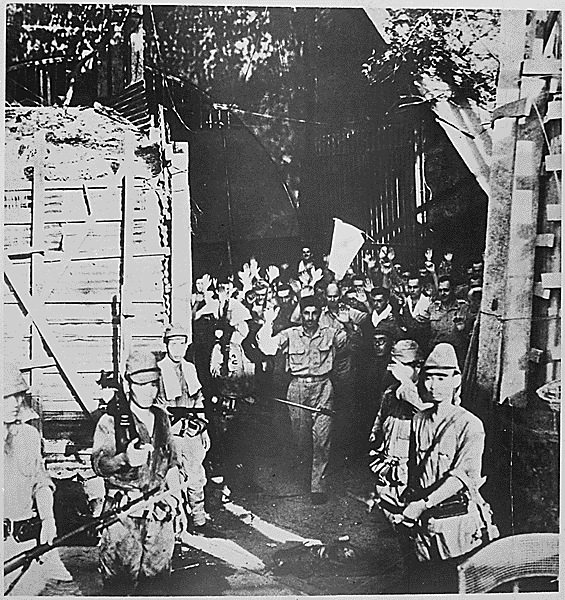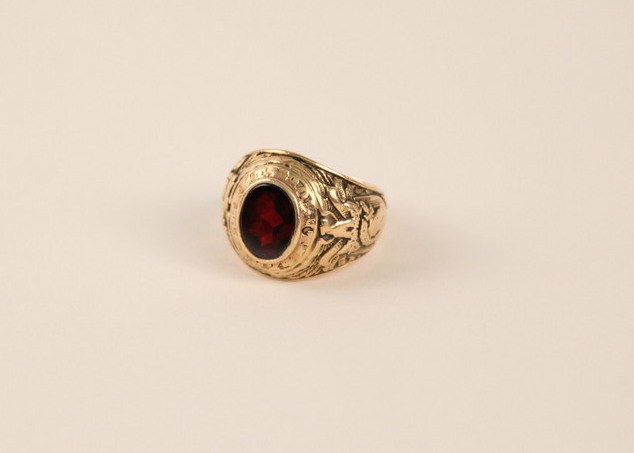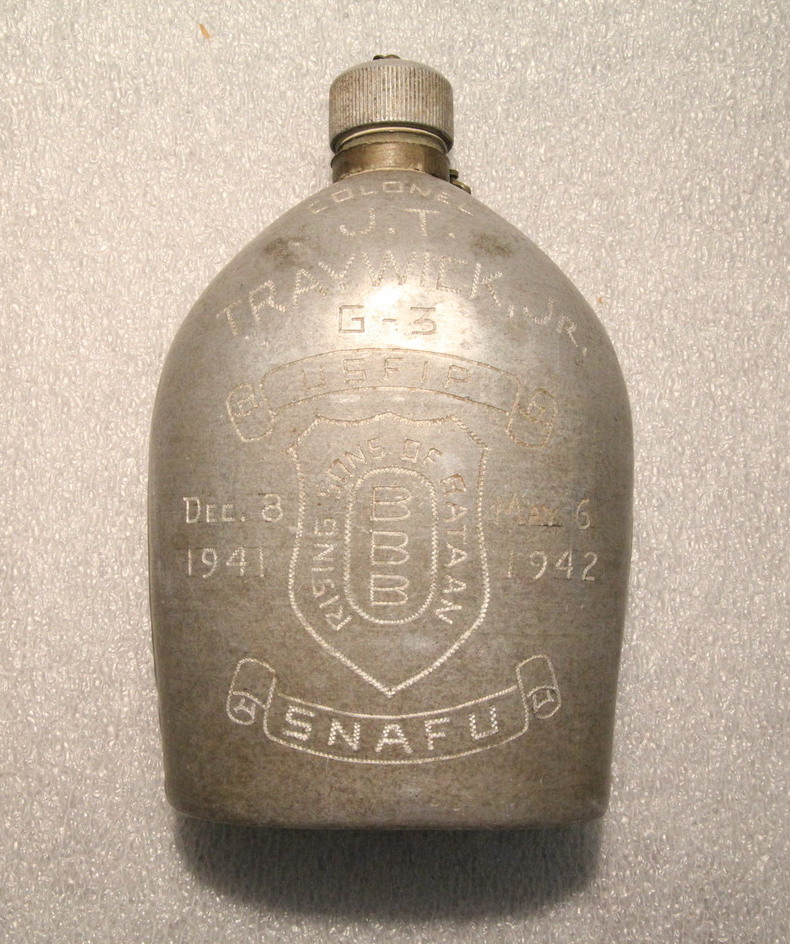Corregidor Falls

American troops surrender to the Japanese. 6 May 1942
Corregidor, given names like “the impregnable rock”, “Gibraltar of the East”, and the “island fortress,” fell nevertheless on this day 70 years ago when Gen. Jonathan Wainwright surrendered the last remaining American forces defending the Philippines to Japanese General Homma. Though Bataan had been surrendered nearly a month before, the Japanese would not be satisfied until Corregidor was theirs; without it, they could not take control of Manila Bay.
Nearly 15,000 American and Filipino troops and nurses were living on the island, fighting as much with hunger and disease as with the hordes of Japanese bombers threatening them from overhead. The underground Malinta Tunnel provided much protection from the bombing runs, but the island was too overpopulated for the tunnels to be a comfortable home for everyone. The island was relatively well defended with coastal artillery batteries, mortars, and anti-aircraft guns. This firepower was most effective when the bombers were directly overhead, and as a means to save dwindling ammunition fire was held until the bombers were within close range. The AA and artillery batteries gained much practice from the more than 600 enemy sorties, becoming quite adept at hitting their marks and causing noteworthy damage to the attackers. Once Bataan had fallen, the Japanese had yet another base from which to pound Corregidor with artillery.
Finally, on 5 May, Japanese forces invaded Corregidor itself. Though the waves of hundreds of attackers faced a fierce defense and unexpected rough seas, those defenders were nevertheless underequipped and vastly outnumbered. On 6 May at 1330 hours, General Wainwright surrendered the last remaining forces defending the Philippines. All were taken prisoner, including the Army nurses serving there who would come to known as the Angels of Bataan and Corregidor. Despite this victory, Japanese leadership was displeased with the amount of time it took General Homma to capture the Philippines, and he was relieved of his command, forced to retire a year later. Corregidor would eventually be recaptured in February 1945.
[ You can listen to Wainwright’s surrender radio broadcast here ]
Artifact Highlight: Col. Jesse T. Traywick
Col. Jesse Traywick served as Gen. Jonathan Wainwright’s G-3, or Assistant Chief of Staff. Wainwright entrusted Traywick to deliver a handwritten letter of surrender to Maj. Gen. William Sharp. Although Wainwright had agreed to surrender, General Homma wanted assurance that the forces under Maj. Gen. William Sharp would also put down their arms. In a 300-page document created by Traywick after the war, he describes the final days at Corregidor from his point of view as G-3:
6 May: An hour before the moon rose, enemy landings on Corregidor beaches began; remaining batteries on Corregidor and at Fort Drum opening up, destroying several of the landing barges, but the attacked waves came on and the defending forces, largely Marines, were forced to withdraw to Malinta Hill. At dawn, a counterattack by the defending troops failed. With remaining American and Filipino troops pinned down, General Wainwright decided to surrender, first releasing the Visayas-Mindanao Force and placing it directly under General MacArthur, the Commander in Chief, GHQ, SWPA. Demolition of all weapons was ordered completely by noon, and General Wainwright ordered a surrender offer to be broadcast at 10:30 a.m.
The surrender message was broadcast, and at noon the American flag was lowered and replaced with a white flag. Enemy fire continued and the surrender message had to be repeated at 12:30 p.m. A truce party proceeded at about 1:00 p.m. to Japanese lines and returned with the information that the Commanding General, USFIP [United States Forces in the Philippines] must come to the Japanese Commander if he desired to discuss terms. At about 2:00 p.m. General Wainwright and four other officers proceeded to Japanese lines…
The Japanese commander insisted upon surrender of all U.S. and Filipino troops in the Philippines, refusing to accept a surrender under any other terms, and threatening to continue hostilities against the fortified islands until the terms were accepted. General Wainwright refused and returned to Corregidor where shortly before midnight, after reconsidering, he signed the Japanese document of surrender in the presence of the senior Japanese officer on Corregidor, surrendering all U.S. and Filipino troops in the Philippine Islands. The Commanding General of the Visayas- Mindanao Force and the commander of resisting units still operating behind the lines in Northern Luzon were informed of the terms imposed upon General Wainwright and were directed to surrender.
7 May – 9 June: The Japanese did not consider surrender as completed until all resisting units had complied. Isolated units continued to resist until authenticated information of the surrender reached them. Troops on Corregidor were evacuated to Manila on 28 May and placed in Bilibid Prison.
Because of the confusion caused by Wainwright’s releaseing General Sharp to MacArthur’s direct control, Traywick had to travel to Mindanao with “authenticated” papers. MacArthur had ordered Sharp to prepare for continued guerrilla operations, but Wainwright was ordering Sharp to surrender to avoid continued Japanese hostilities. After meeting with Traywick, General Sharp ultimately complied with Wainwright’s decision to surrender, and the process was complete by 11 May 1942.

Traywick was taken prisoner, but managed to hold onto his West Point (class of 1924) ring throughout his years of imprisonment by standing on top of it during every inspection to avoid its discovery by his captors.

Traywick also etched his own GI canteen to pass the time. The carvings read, “Colonel J. T. Traywick, G-3, USFIP. Dec 8. 1942 – May 6, 1942. Rising Sons of Bataan. SNAFU.” Gift of Jesse Traywick, 2005.169
This post by Curator Meg Roussel
- Posted :
- Post Category :
- Tags :
- Follow responses to this entry through the RSS 2.0 feed. You can skip to the end and leave a response. Pinging is currently not allowed.




Leave a Reply